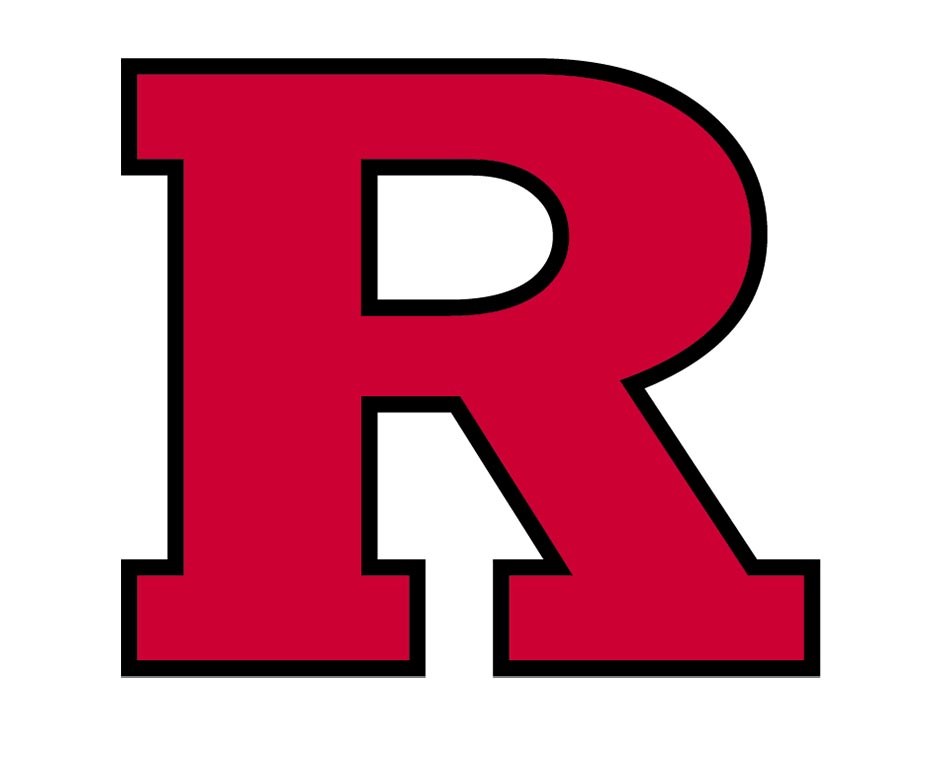Search
Displaying 4401 - 4410 of 8785
Lewis, L. K. (2007). An organizational stakeholder model of change implementation communication. Communication Theory, 17 (2), 176-204.

Potter, J. and Wetherell, M. (1995). Natural order: Why social psychologists should study (a constructed version of) natural language, and why they have not done so, Journal of Language and Social Psychology,14, 216-222.

Rideout, V.J., & Katz, V.S. (2016). Opportunity for all? Technology and learning in lower- income families. New York: Joan Ganz Cooney Center at Sesame Workshop.

Lewis, L. K., Isbell, M.G., & Kocshmann, M. (2010). Collaborative tensions: Practitioners’ experiences of interorganizational relationships. Communication Monographs, 77 (4), 460-479.

Lewis, L. K., & Russ, T. (2012). Soliciting and using input during organizational change initiatives: What are practitioners doing? Management Communication Quarterly, 26 (2), 267-294.

Potter, J. (1995). Why psychologists should be interested in facts, Interamerican Journal of Psychology, 29, 91-103.

Katz, V.S. (2013). Parents and children learning together: An immigrant family perspective. In B.W. Toso (Ed.), National conference on family literacy: Research strand conference proceedings (pp. 31-38). College Station, PA: Goodling Institute for Research in Family Literacy, Pennsylvania State University.

Lewis, L. K., Laster, N., & Kulkarni, V. (2013). Telling ‘em how it will be: Previewing pain of risky change in initial announcements. Journal of Business Communication, 50 (3), 278-308.

Katz, V.S. (2013). Understanding Latino families on their own terms. In S.E. Vaala (Ed.), Aprendiendo juntos (Learning together): Synthesis of a cross-sectorial convening on Hispanic-Latino families and digital technologies (pp. 54-59). New York: Joan Ganz Cooney Center at Sesame Workshop.

Edwards, D., Ashmore, M. and Potter, J., (1995). Death and furniture: The rhetoric, politics and theology of bottom line arguments against relativism, History of the Human Sciences, 8, 25-49.
